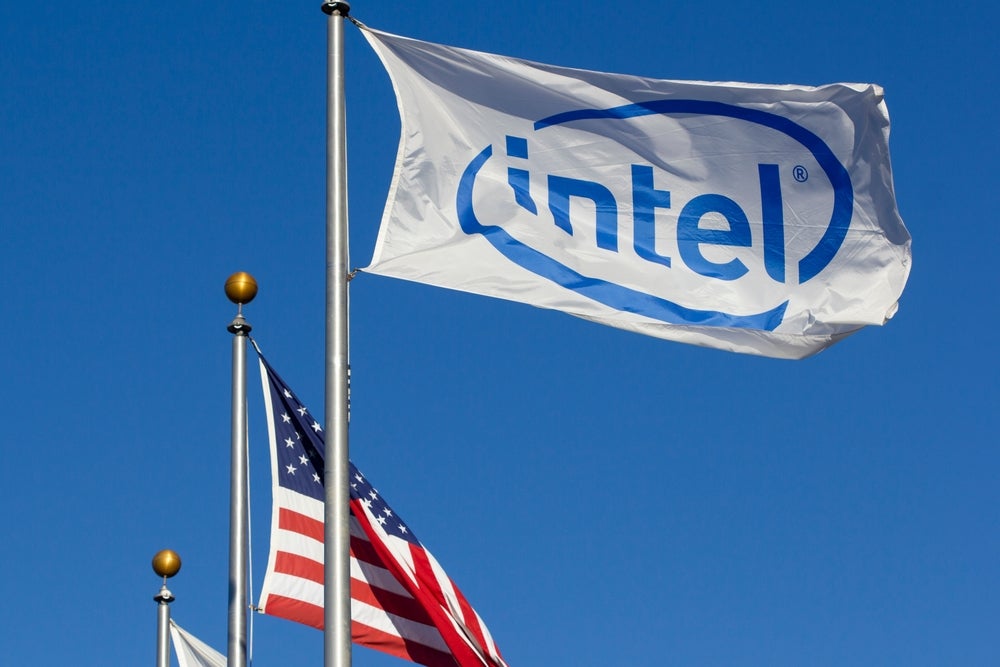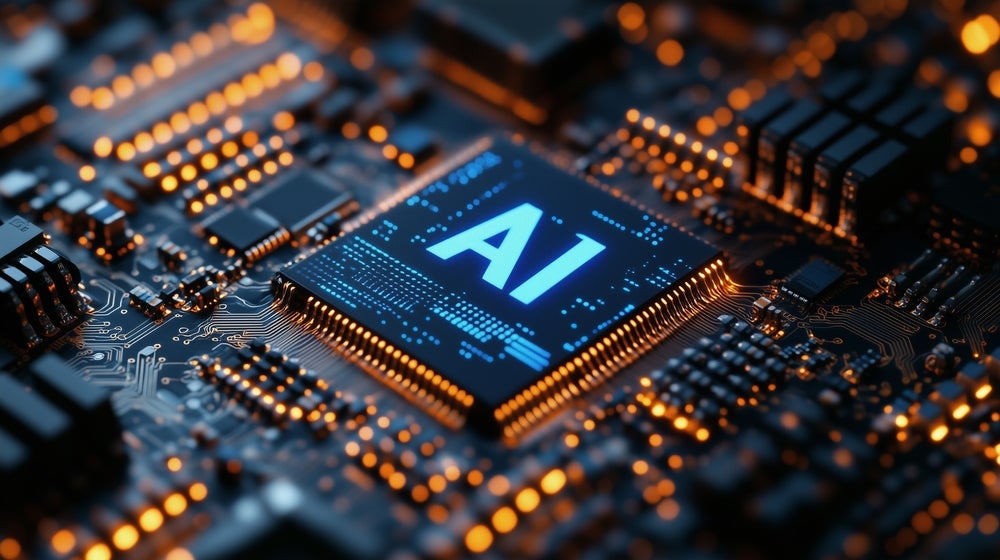
Finnish telecom company Nokia is planning to roll out a high-speed internet network on the Moon later this year, adding new dimensions to space exploration.
The company intends to deploy 4G network equipment aboard a SpaceX rocket, Nokia’s principal engineer Luis Maestro Ruiz De Temino, was reported to have said at the Mobile World Congress trade show in Barcelona.
The new network will be supported by an antenna-equipped base station that will be contained in Nova-C lunar lander, designed by Nokia’s mission partner Intuitive Machines, to carry small commercial payloads on the Moon.
A solar-powered rover will also accompany the network equipment.
In a blog post, Nokia said both the components – lander and the rover – will be connected to each other through a long-term evolution network to provide lunar surface connectivity.
Once launched, the infrastructure is projected to land on the Shackleton crater, situated on the lunar south pole.
How well do you really know your competitors?
Access the most comprehensive Company Profiles on the market, powered by GlobalData. Save hours of research. Gain competitive edge.

Thank you!
Your download email will arrive shortly
Not ready to buy yet? Download a free sample
We are confident about the unique quality of our Company Profiles. However, we want you to make the most beneficial decision for your business, so we offer a free sample that you can download by submitting the below form
By GlobalDataThe latest announcement comes two and a half years after Nokia was selected by US space agency, NASA, to develop the ‘first-ever cellular network’ on the Moon.
NASA will use this network within its Artemis 1 program to establish a ‘sustainable presence’ on the lunar surface.
The telecom company added that 4G network would help in providing crucial communication capabilities to support a wide range of data transmission applications such as real-time navigation as well as high-definition video streaming.
It will also provide wireless connectivity to astronauts in addition to supporting biometric data exchange, voice and video communications, telemetry and deployment of robotic and sensor payloads.







